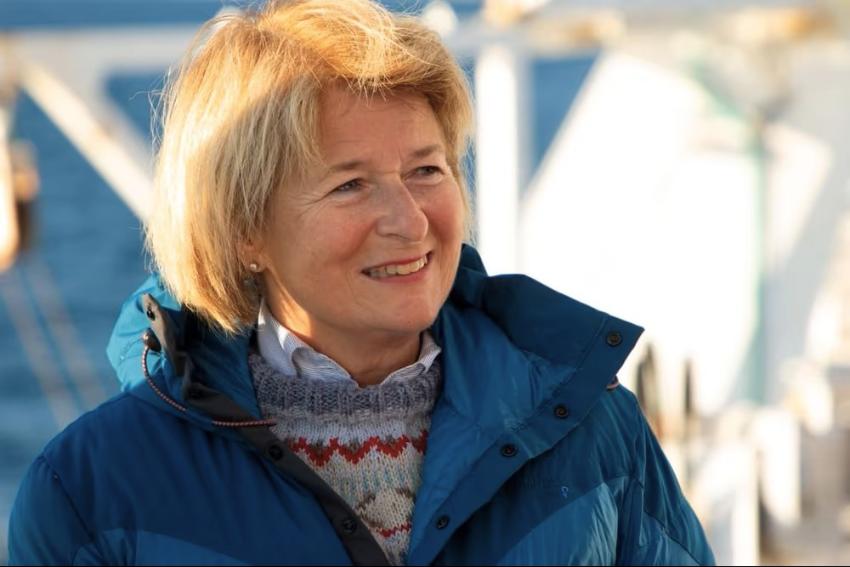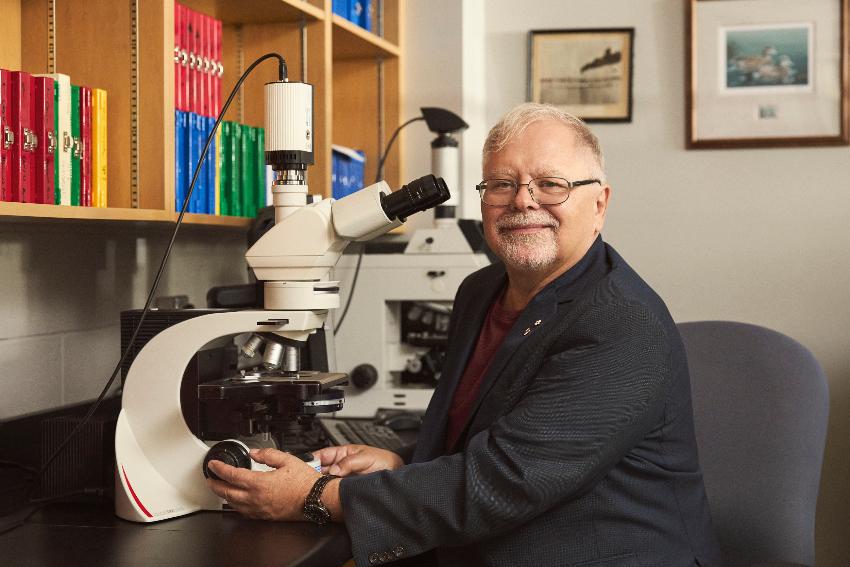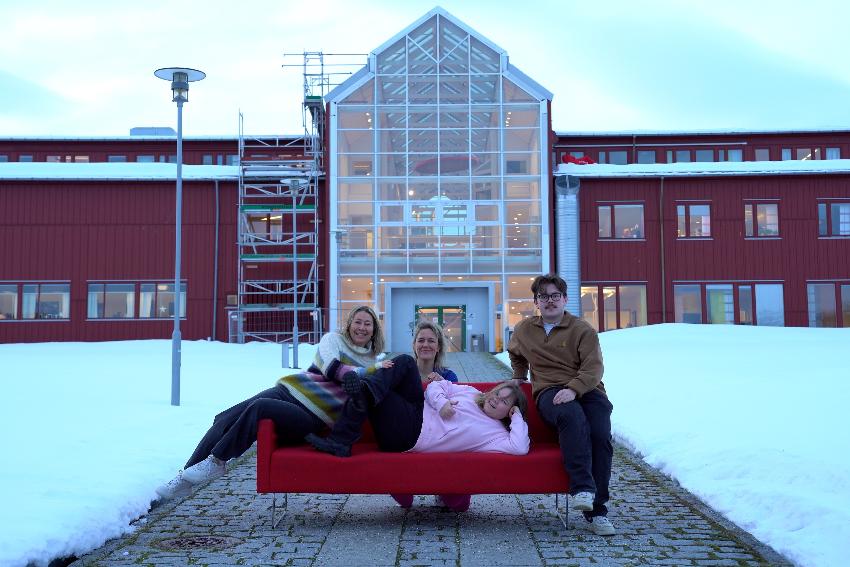New collaboration opportunities in Alaska
UiT has renewed its MoU agreement with the University of Alaska Anchorage. According to UiT researchers, this could provide new opportunities in terms of research on security policies and indigenous studies.
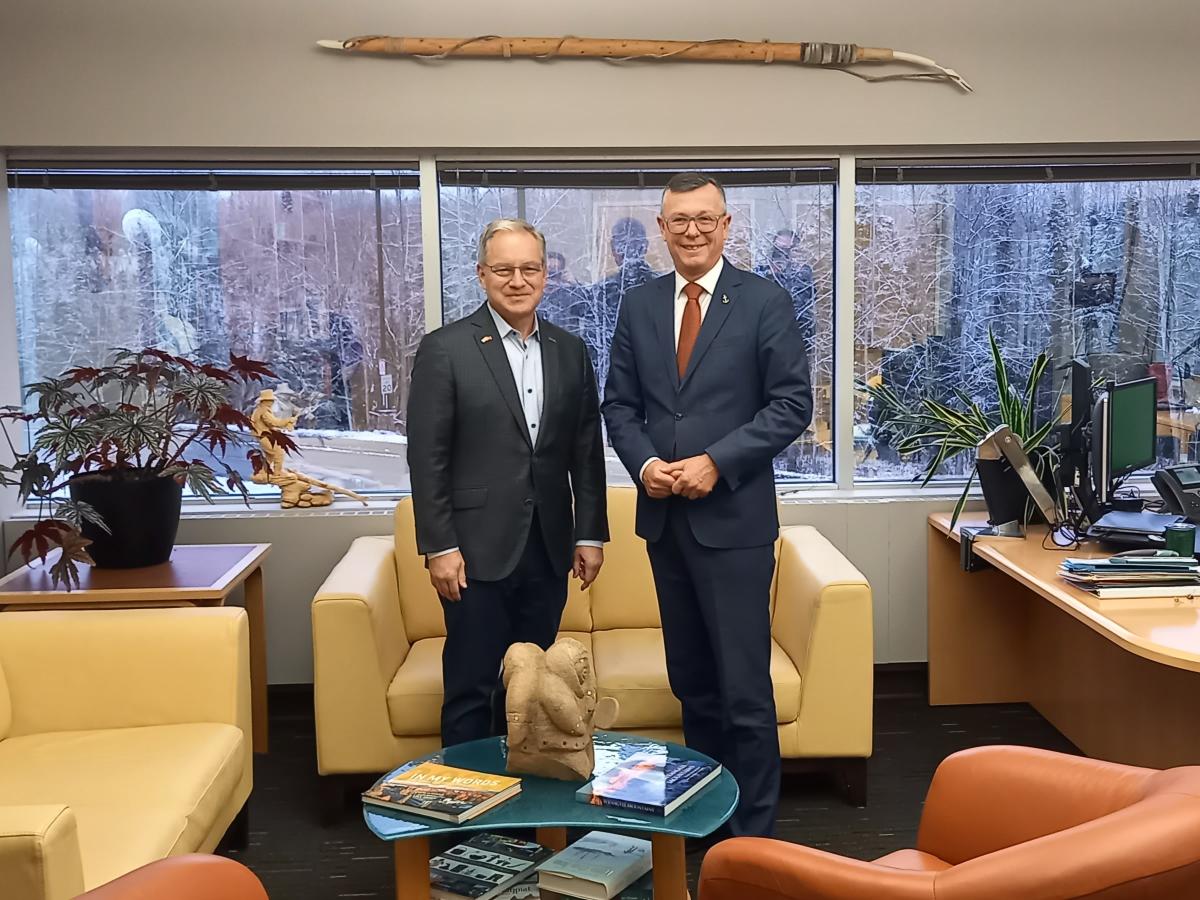
Tromsø and Anchorage in Alaska are two Arctic sister cities with several similarities. They are both the largest in their region, surrounded by fjords and mountains, and are closely connected to the outside world through the sea and air. Both cities also have their own university which influences societal development on many levels.
The University of Alaska Anchorage (UAA) is a partner university with UiT. In October, a delegation from UiT visited Anchorage to learn more about what opportunities there are for expanding international cooperation.
UAA has nine campuses with 12,000 students and was founded in 1954. It is the largest institution of higher education within the University of Alaska system, which also includes two other universities with their main campus in Fairbanks and Juneau.
Renewed agreement
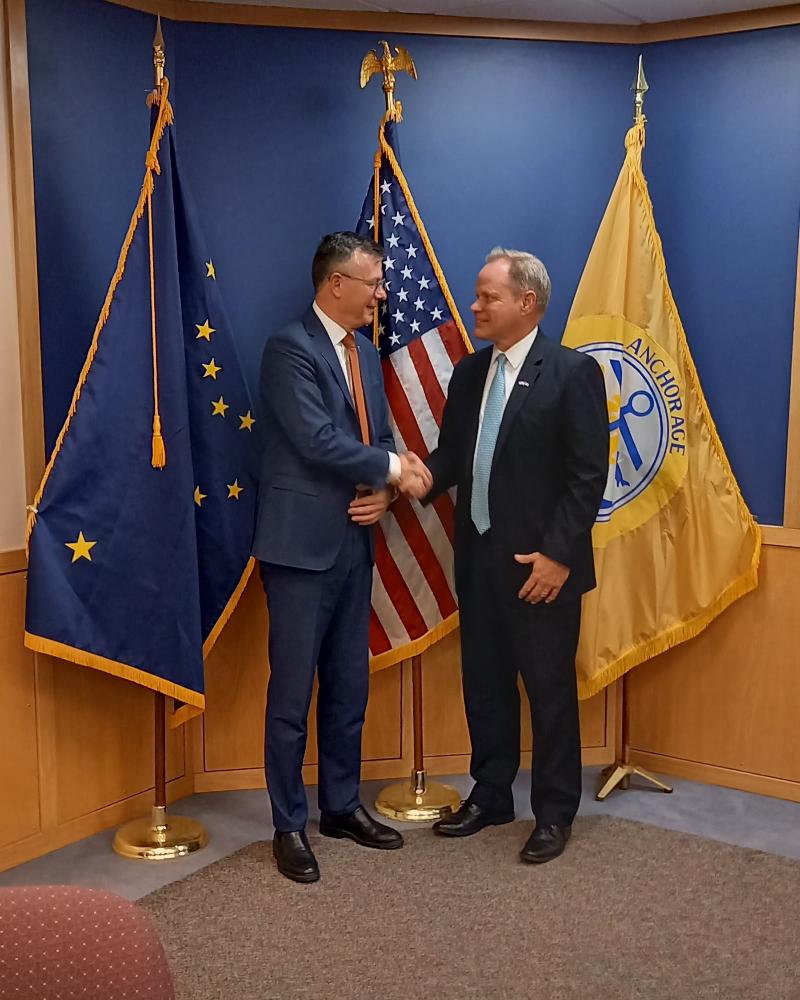
Every year student exchange takes place between UiT and UAA through the North2North program. It is organized by the UArctic alliance, which is a network of universities in Canada, the USA, and the Nordic countries.
From 2011 to 2022, 38 scholarly articles were published where researchers from UiT and UAA are co-authors. University staff can receive mobility funds from UArctic for short visits to partner universities in Alaska. It is also possible to apply for support for research projects, which have a two-year duration. Right now, UiT and UAA are collaborating on research in social work, geopolitics, indigenous self-governance, and governance in the Arctic region.
UiT signed a Memorandum of Understanding (MoU) with UAA in 2015. A new MoU agreement, which renews the existing collaboration and facilitates more exchange, was signed in October by UiT's rector Dag Rune Olsen and Chancellor at UAA, Sean Parnell
Education which responds to local needs
UAA is otherwise highly focused on addressing the challenges the population in Alaska faces. Therefore, training of nurses, teachers, and pilots is a priority, as well as health education among indigenous peoples.
The applied research at UAA also tackles the unique challenges of the region. This may involve the development of infrastructure adapted to Arctic conditions, research on the consequences of and adaptation to climate change, and self-sustainability in isolated communities.
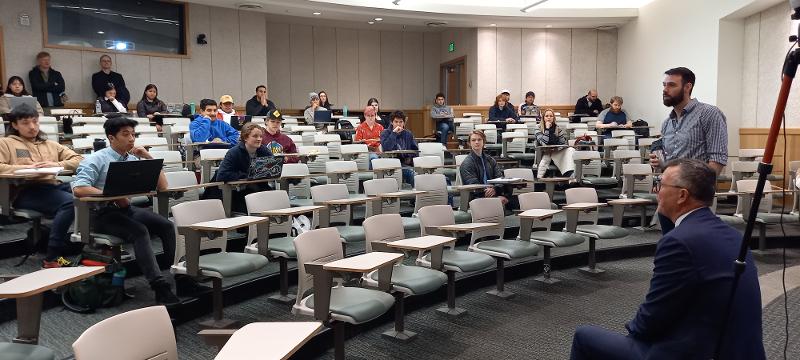
Torjer Andreas Olsen, professor at UiT's Center for Sami Studies, points out that in recent decades, both in Norway and Alaska, a revitalization has happened gradually where indigenous people are increasingly pursuing higher education. He believes it is a great advantage if UiT engages in closer cooperation with partners in Alaska.
"In Alaska, the universities have come further in integrating indigenous people within research and education. But I also see that there are great opportunities for cooperation between UiT and the universities in Alaska. In this area, we can learn from each other and exchange experiences," concludes Olsen. Over the coming year, he and colleagues from Alaska will establish digital writing workshops for academic texts published in connection with indigenous studies.
Research on Arctic security
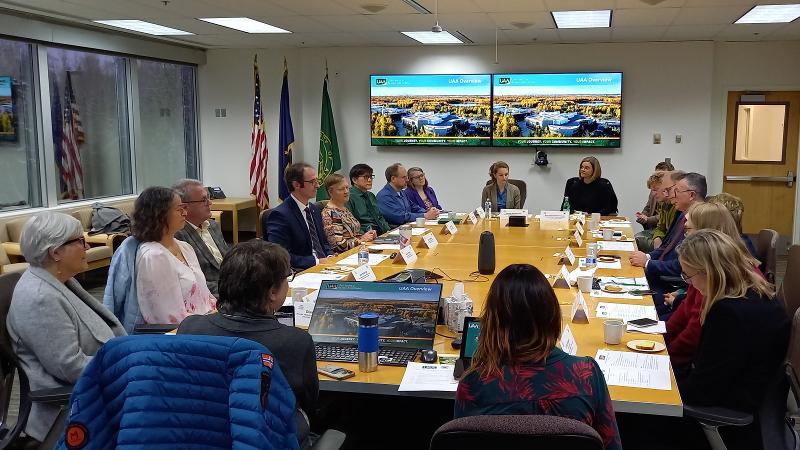
UAA also collaborates closely with the Arctic Domain Awareness Center (ADAC) and the Ted Stevens Center in Anchorage, which is one of the six regional centers for security studies of the U.S. Department of Defense. The latter specializes in higher education and research in fields such as societal security, emergency preparedness, defense, and security policy. ADAC focuses particularly on solving tasks related to preparedness in search and rescue operations, humanitarian assistance, and accidents and natural disasters.
For Marcela Douglas Aranibar, head of the Centre for Peace Studies at UiT, an expanded research collaboration with UAA creates advantages in several areas. She believes UiT should collaborate with partners in Alaska to conduct field studies concerning socio-economics, environmental changes, or military activities.
"Given the common interest in Arctic security, it could lead to joint research projects on regional security challenges and new avenues for cooperation," she says.
Douglas points out that partnerships with American universities provide access to expertise in areas such as the relationship between the USA and Russia, military studies, and international diplomacy. Seen as a whole, Douglas believes that stronger cooperation with partners in Alaska can bring forth new perspectives, competencies, and resources.
"This will expand the scope of research and ensure a more comprehensive analysis of the multifaceted aspects of the relationship with Russia. It will also contribute to the development of new policies and strategies in the Arctic region," adds Douglas.
-
Master of Philosophy in Visual and Multimodal Anthropology
Varighet: 2 År -
Arkeologi - master
Varighet: 2 År -
Peace and Conflict Transformation - master
Varighet: 2 År -
Indigenous Studies - master
Varighet: 2 År -
Geosciences - master
Varighet: 2 År -
Biology - master
Varighet: 2 År -
Technology and Safety - master
Varighet: 2 År -
Law of the Sea - master
Varighet: 3 Semestre -
Biologi - bachelor
Varighet: 3 År -
Nordisk - årsstudium
Varighet: 1 År -
Luftfartsfag - bachelor
Varighet: 3 År -
Pedagogikk - bachelor
Varighet: 3 År -
Arkeologi - bachelor
Varighet: 3 År -
Likestilling og kjønn - årsstudium
Varighet: 1 År -
Historie - bachelor
Varighet: 3 År -
Geovitenskap- bachelor
Varighet: 3 År -
Kjemi - bachelor
Varighet: 3 År -
Samfunnssikkerhet - bachelor
Varighet: 3 År -
Samfunnssikkerhet - master
Varighet: 2 År -
Kunst - bachelor
Varighet: 3 År -
Nordsamisk fra begynnernivå - årsstudium
Varighet: 1 År -
Kunsthistorie - master
Varighet: 2 År -
Religionsvitenskap - årsstudium
Varighet: 1 År -
Romfysikk, sivilingeniør - master
Varighet: 5 År -
Klima og miljøovervåkning, sivilingeniør - master
Varighet: 5 År -
Sosialantropologi - bachelor
Varighet: 3 År -
Historie - master
Varighet: 2 År -
Filosofi - bachelor
Varighet: 3 År -
Nordsamisk på morsmålsnivå - årsstudium
Varighet: 1 År -
Anvendt fysikk og matematikk, sivilingeniør - master
Varighet: 5 År -
Barnevernsarbeid - master
Varighet: 2 År -
Forfatterstudium 2 - årsstudium
Varighet: 1 År -
Fine Art - master
Varighet: 2 År -
Barnevern - bachelor
Varighet: 3 År -
Arctic Nature Guide - one year programme
Varighet: 1 År -
Sosialt arbeid - bachelor
Varighet: 3 År -
Arktisk friluftsliv og naturguiding - bachelor
Varighet: 3 År -
Arktisk friluftsliv - årsstudium
Varighet: 1 År -
Grunnskolelærerutdanning for 1.-7. trinn - master
Varighet: 5 År -
Kunsthistorie - årsstudium
Varighet: 1 År -
Governance and Entrepreneurship in Northern and Indigenous Areas - master
Varighet: 4 År -
Vernepleie - bachelor
Varighet: 3 År -
Internasjonal beredskap - bachelor
Varighet: 3 År -
Barnevern - bachelor
Varighet: 3 År -
Vernepleie - bachelor (deltid)
Varighet: 4 År -
Landskapsarkitektur - master
Varighet: 5 År -
Grunnskolelærerutdanning for 5.-10. trinn - master
Varighet: 5 År -
Kvensk og finsk - bachelor
Varighet: 3 År -
Nordisk språk og litteratur - bachelor
Varighet: 3 År -
Russisk og russlandsstudier - bachelor
Varighet: 3 År
